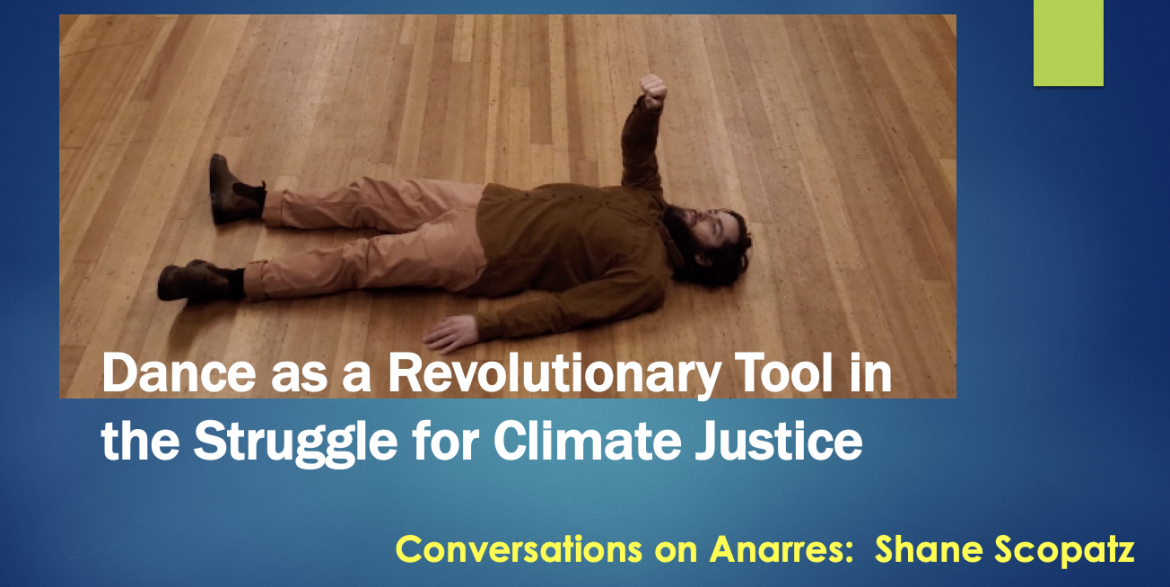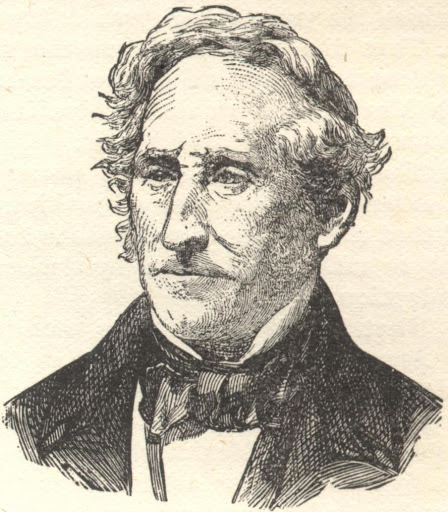By Tom Motko (August 23, 2021)
It’s been days of listening to pundits and politicians wringing their hands and doling out blame over the “loss” of Afghanistan to the corrupt Afghan elites we don’t like from the corrupt Afghan elites we do like.
George W. Bush lied to the American people in 2003 that the Taliban was defeated and the mission “accomplished”. He then proceeded to broaden the mission and suck our country into the same morass through which the Russians had waded from 1979-89 until defeated by the mujahideen. The Afghan mujahideen became the Taliban. That broadened mission and disastrous policy went on, in a largely bipartisan manner, through multiple US administrations. And, of course, memory being short, Donald Trump ordered withdrawal of all troops from Afghanistan by May, something his fascist colleagues now want to erase from history for their own political ends.
I remember the understandably great anger and angst that spread across the US in the wake of the 9/11 attacks, the need to do something, to strike back, to find and kill whomever the enemy was. That mass shock gave Bush enough political space to invade a country without immediate mass resistance at home. However, driven out of Afghanistan by December, 2001, the people who’d orchestrated and authorized the 9/11 attacks were no longer there. We were.
The politics of the moment demanded “we” “do something”. There was the Taliban who had supported and sheltered Al Qaeda. Their excesses against the people of Afghanistan in order to keep their own tiny, elite class of males in power, made great propaganda in the West because it was true. Propaganda works best when it’s based on truth (or, at least, truisms and stereotypes). The Bush Administration connected with the so-called Northern Alliance, armed them, and launched a war against the Taliban. The Northern Alliance already had been resisting the Taliban for some years and controlled part of the country. Made up largely of minority ethnicities and some Pashtuns, oppressed and dominated by the Taliban, who were mainly of the dominant Pashtun ethnicity, the country’s largest group. In fairly short order, the Taliban was out and the Northern Alliance was in.
While repeatedly denying that the US was “nation building” there, the Bush administration proceeded to build a new nation out of the old Afghanistan. The idea, you see, was nothing new: We would simply impose an Afghan-adapted model of Western democracy and soon everyone would be dancing through the poppy fields in liberated ecstasy. We would keep the new regime in place by superior force of arms while training an army composed of newborn Afghan egalitarians. This would solidify the hold on power by a non-Taliban ruling elite who owed some allegiance to US regional interests. That didn’t mean the Taliban went away. It simply meant a long war of attrition was about to begin. This phase of that war of attrition is ending now.
Meanwhile, I’m sitting here thinking of the apparently unlearned lessons of our previous longest war in Viet Nam. For example, we unlearned that an almost certain way of making a people overcome otherwise profound sectarian differences is to INVADE THEIR COUNTRY.
Not only by its ill-advised invasion of Afghanistan but by remaining there after neutralizing the threat from Al Qaeda, the US ceded the propaganda war to the Taliban, allowing them to claim to be “freedom fighters” against invading foreigners and to convince many Afghans that the new leadership were merely corrupt puppets of the United States. That the new Afghan government held power in concert with foreign invaders further solidified the Taliban’s reach among the people just as the mujahideen had done during the Soviet invasion. It doesn’t even matter whether or not the new leaders actually are puppets. This whole scenario has been played out before albeit with a different cast and a different setting.
The late (2013) General Võ Nguyên Giáp, who defeated the French colonists and won the United States’ war against the Vietnamese people (while losing nearly every battle), viewed by many as one of the great military strategists of the 20th century, wrote the script. I read his user’s manual “People’s War, People’s Army” while still in high school and I’m sure it’s been on the reading list for the National War College for decades. The bottom line is that a foreign invader may conquer a country or a people by force of arms but ultimately cannot defeat an insurgent army that is rooted among the people. Between those Afghans who hated the foreign invaders for religious or political reasons and those who were frightened by the consequences for folks cast as “traitors” by the insurgents, the outcome of our inane, wasteful twenty-year war was almost predetermined. The only matter left unresolved was how long it might take.
There are many reasons why armed forces of 300,000 trained by the US for nearly twenty years, armed with modern weaponry and backed by modern air support, laid down their weapons, cringed, crawled, and scurried away before the advance of an insurgent force apparently less than a third of its size. The almost complete lack of resistance by the Afghan army suggests that the Afghan forces were heavily infiltrated and that many Afghan soldiers do not view the Taliban as their enemy but as their liberators. Again, Viet Nam comes to mind. Based on my own experience, I believe it’s more than likely that US military intelligence knew a significant number of Afghan security forces were loyal to the Taliban. Additionally, it’s almost certain that there were and have been underground Taliban sleeper cells in every village of any size and in many neighborhoods of the large cities. Those cells simply went about their usual daily lives as they fed intelligence to the fighters and waited to take over the functions of the local authorities when given the word. Based on reports as the Taliban sweep through the land, that’s exactly the case. It’s likely there has been a shadow government that never left the country networked throughout the provinces of Afghanistan.
Already, the discussion has turned to “who lost Afghanistan”. We can only answer that it’s impossible to lose what one did not have in the first place. The question should be, “What were we doing there to begin with?” It was a good thing that conditions were bettered for women and non-Pashtun minorities, at least in the cities, once the Taliban were overcome. But the Taliban had been in power for years and nary a word was said about those things by the US government or the mainstream press, other than the occasional, obligatory, half-hearted “human rights” statement. No. The invasion was more about US domestic political purposes than it was about the liberation of Afghan women or defeating Sharia Law (which never ceased having effect in occupied Afghanistan). The military contractors and the corporate profiteers will lie to you from their thrones of lucre piled high above the bottom line. The government will invoke 9/11 to trigger predictable responses in the people. The war was never really about Afghanistan at all.
Twenty years is a long time for a war to go on, especially a war that was based on spurious motives in the first place. Twenty years is a long time for an invading force to stay in a foreign land. Mistakes and crimes and excesses are bound to happen, discipline is bound to deteriorate, and when these things inevitably occur, resentment, anger, and resistance are likely to grow among the invaded people notwithstanding their other inclinations. Virtually every “mistake” by invading forces creates new resistance fighters. If the Afghan people have accepted the Taliban with little if any resistance, we have to ask ourselves if our government has had the slightest inkling of what’s been going on during the twenty years we thought we were running the place.
The original invasion of Afghanistan was an ill-conceived policy decision. What made it exponentially worse was maintaining various forms of the same policy over so many years by administrations of both major US political parties. This untenable policy engendered by the ruling elites of the US has jeopardized all of us and has accomplished… Well, current events show what’s been accomplished. It’s long past time to come home. The United States is not “the cops of the world” regardless of how much some interests would like that to be the case.
Besides, we apparently have our own Taliban to deal with right here in the good ol’ USA.











